According to this answer it is possible to configure IIS to receive email. That is what I would like to do. But the answer says it's done under IIS SMTP under domains.
I connected to my website (on a web host) using IIS Manager and the only SMTP option I see is SMTP E-mail under the ASP.NET heading. (I have one more heading which is IIS, but doesn't have any SMTP under it.)
Clicking on SMTP E-mail shows me an option to "Use this feature...when sending e-mail...". and it has a textbox for E-mail address and radio buttons to choose from Deliver e-mail to SMTP server and Store e-mail in pickup directory.
I don't see any option for allowing it to receive emails.
So where is the option to receive emails?
(If you have a different way to receive emails without any action taken on them, I'd be glad to hear about it. I want to process the email regardless of the address it's being sent to as long as it's to my domain.)


